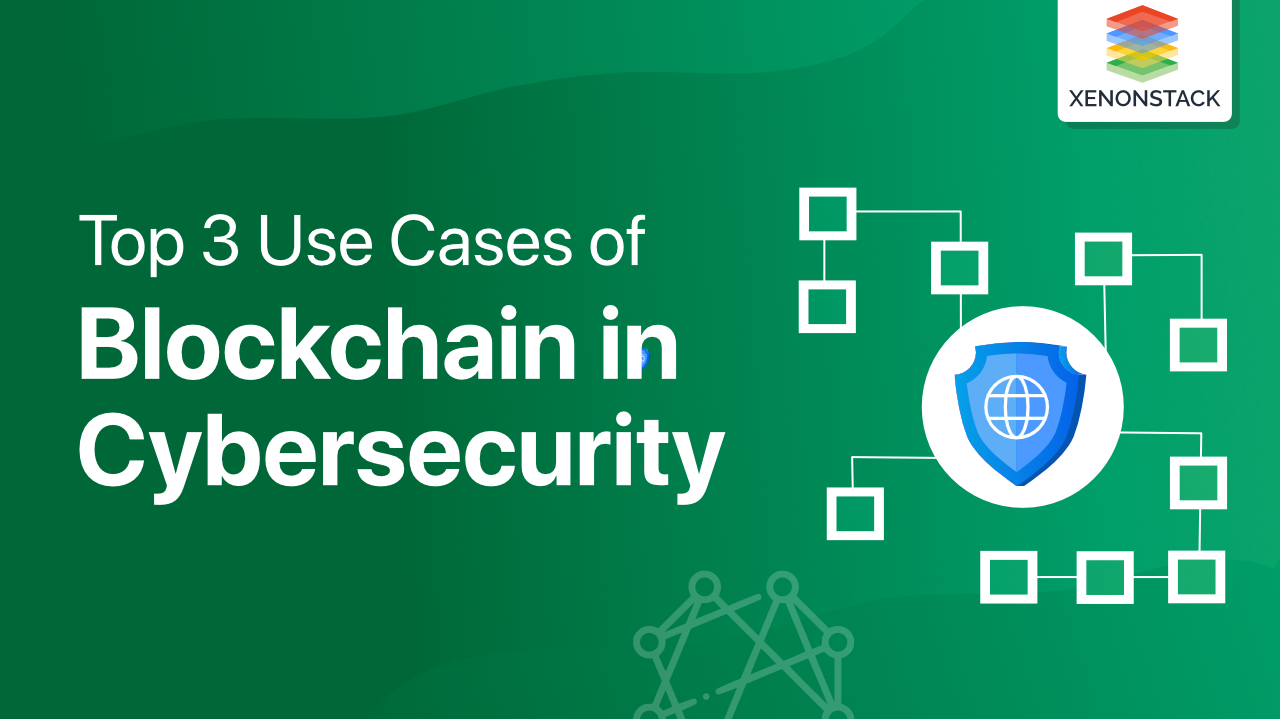
Introduction to Blockchain and Cybersecurity
No cyber defense or traditional system can be considered 100% secure. Given the lucrative nature of cybercrime and the ingenuity of criminals seeking new attack methods, what is most secure today may not be secure the next day.
It is gaining momentum today, but critics remain who question the scalability, security, and sustainability of the technology. Although it provides data confidentiality, integrity, and availability, organizations should have cybersecurity controls and standards to protect them from external attacks.
A distributed database that maintains a continuously-growing list of ordered records called blocks. Click to explore about our, App Deployment with Microservices
What is Blockchain?
It is a decentralized network with millions of users around the world. All users have access to it, and all data on it is protected by encryption. All other members are responsible for ensuring that the data added to it is correct. In short, it is a decentralized, distributed, digital public ledger that enables the recording of transactions and the tracking of assets across corporate networks.
What is Cybersecurity?
It is the exercise of protecting systems, networks, and programs from digital attacks. These cyberattacks usually aim to access, alter, or destroy confidential information, extort money from users, or disrupt normal business processes. Implementing effective cybersecurity measures is especially challenging today when there are more devices than people and attackers are becoming more innovative.
How can Blockchain be used in Cybersecurity?
Its networks differ in who can participate and who can access data. Networks are typically labeled public or private, indicating who is allowed to join them, and authorized or not, indicating how participants gain access to the network.
What is Public Blockchain?
Its networks are generally open to anyone to join, and participants remain anonymous. It use internet-connected computers to validate transactions and reach consensus. Bitcoin is perhaps the most famous example of it is achieving consensus through "bitcoin mining." On the Bitcoin network, computers, or "miners," attempt to solve complex cryptographic problems to create proofs of work, thereby validating transactions. Aside from public keys, this network has little identity and access control.
Decentralized Apps will come in different sizes, flavors and complexity levels. Click to explore about our, App Development with Serverless and Microservices
What is Private Blockchain?
It use identity to verify membership and access rights and typically only allow known organizations to join. These organizations form a private "business network" for members only. Its on a permissioned network reach consensus through a process called "selective confirmation," in which known users verify transactions. Only members with special access rights and privileges can maintain the trading ledger. This type of network requires more identity and access control.
When building a its application, evaluating which type of network best suits your business goals is essential. Private and permissioned networks can be tightly managed and are desirable for compliance and regulatory reasons. However, public and permissionless networks can provide greater decentralization and dispersion.
- Public blockchains are public, and anyone can connect them and authenticate transactions.
- Private blockchains are restricted and generally limited to professional networks. A single entity controls membership.
- Permissionless blockchains have no restrictions on processors.
- Permissioned blockchains are restricted to a select set of users who are allowed identities using certificates.
What are the most common Cyber Attacks?
Cyberpunks and fraudsters threaten it in four primary ways: phishing, routing, Sybil, and 51% attacks.
Phishing attacks
Phishing is a fraudulent aim to obtain user credentials. Scammers send wallet key owners emails that appear to come from legitimate sources. The email asks the user for credentials via a fake hyperlink. Accessing user credentials and other sensitive information can result in a loss for users and the its network.
Routing Attacks
It relies on large-scale real-time data transfer. Hackers can intercept data in transit to your ISP. In a routing attack, the threat is usually invisible to its participants, so everything looks fine. However, scammers are extracting sensitive data and currency behind the scenes.
Sybil Attacks
In a Sybil attack, cyberpunks create and use many fake network identities to flood networks and crash systems. Sybil refers to a famous book character diagnosed with multiple identity disorder.
Sybil attacks allow hackers to gain disproportionate influence over honest nodes in the network if they create enough fake identities. You can then refuse to receive or send blocks, blocking others from your network.
51% Attacks
Mining requires enormous computational power. Although, if a miner or group of miners can gather enough resources, he can achieve more than 50% of his power mining the its network. More than 50% of his power means controlling and manipulating the ledger.
An open-source digital-payment platform for financial services on a national level. Click to explore about our, Technology Protocols and Platforms
Blockchain use cases in Cybersecurity
One of the most secure ways to conduct transactions in the digital world has made it an alluring proposition for many sectors, including financial services. Organizations can develop cybersecurity solutions for many other applications and technologies by leveraging integrity assurance.
DNS and DDoS Attack Mitigation
A distributed denial of service (DDoS) is when a cybercriminal floods a network with malicious traffic that prevents it from functioning correctly. These attacks slow down or completely shut down a website or resource system. In the case of Domain Name System (DNS) attacks, attackers either compromise a network's DNS or exploit underlying attributes to launch a broader attack. It enables the establishment of peer-to-peer (P2P) and zero-trust networks, removing the need for devices to trust each other and eliminating single centralized points of failure. Organizations can decommission the attacked node and continue working as usual. Even if large parts of its network are attacked, the system will continue to function due to its decentralized structure.
KYC Verification
Fraudulent e-KYC renewal is one of the latest methods scammers use to trick naive people. The scammer poses as her service provider and asks for confidential information such as their Aadhaar number and bank account details. This scenario can be avoided by using their KYC verification method.
As a distributed ledger, it allows data from various governments and private data portals to be collected and stored in a single, immutable, secure database. Cryptographic keys (a means of encrypting data in machine-readable form) protect each user's private information on the ledger. Hackers and cybercriminals will have difficulty cracking the keys and gaining access to the necessary credentials.
End User Security
Hackers are increasingly using edge devices such as thermostats and routers to penetrate systems. Cybercriminals can easily infiltrate through centralized control and edge devices with the rapid proliferation of smart devices and home automation.
It helps secure IoT systems and end-user devices by decentralizing management. The device can make security decisions without relying on central administrators or permissions. These advantages are one of the primary reasons for the popularity of this technology in financial institutions such as banks. For example, end-user security in banking is a complicated problem. Simple logins centralized IT infrastructure, and weak passwords often allow cyber attackers to penetrate network infrastructure. It enables passwordless authentication of users and devices with multi-party verification via SSL certificates. The decentralized and decentralized nature of the network that checks the integrity of transactions and account balances makes attacks virtually impossible.
An internet-based technology that creates a decentralized and distributed system of anonymous and immutable transactions.Click to explore about our, Supply Chain Management
Conclusion
Blockchain is an advance in cybersecurity for the digital world and helps ensure compliance with the CIA's cybersecurity triad. However, the implementation's complexity can cause problems in your application. Xenonstack can help in providing Security that can prevent attacks from cyberpunks.
- Discover more about Blockchain for Insurance Industry
- Explore about Blockchain in Healthcare Industry


